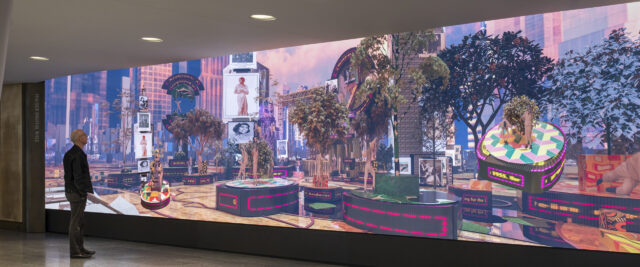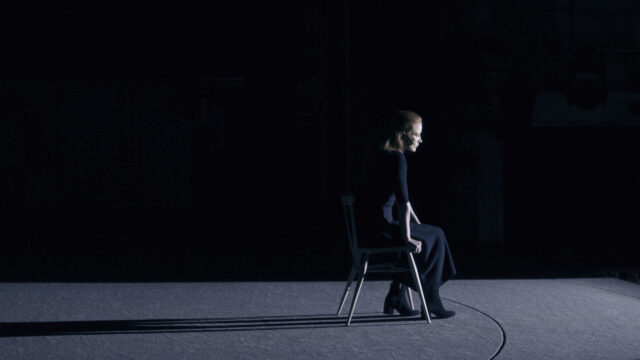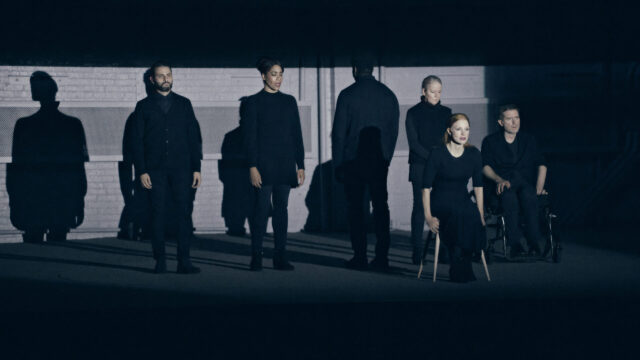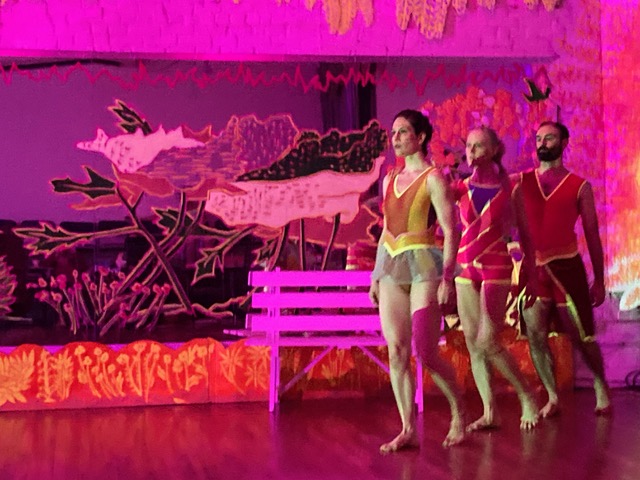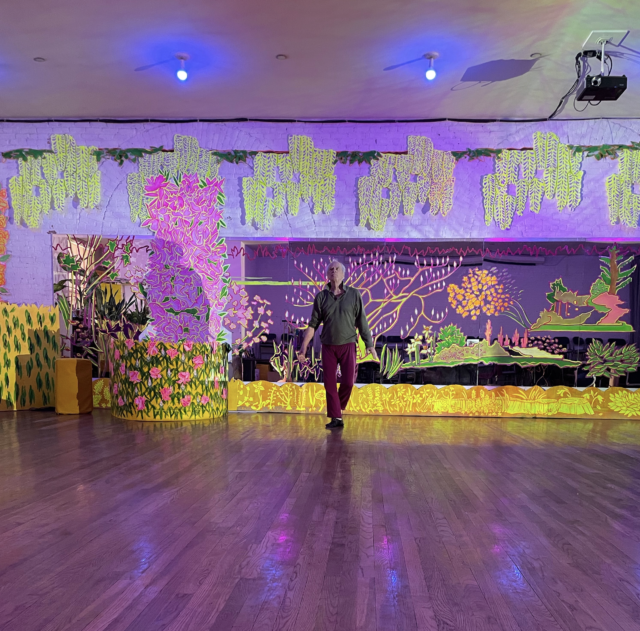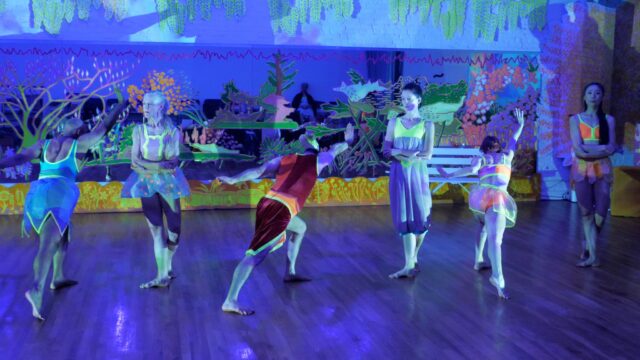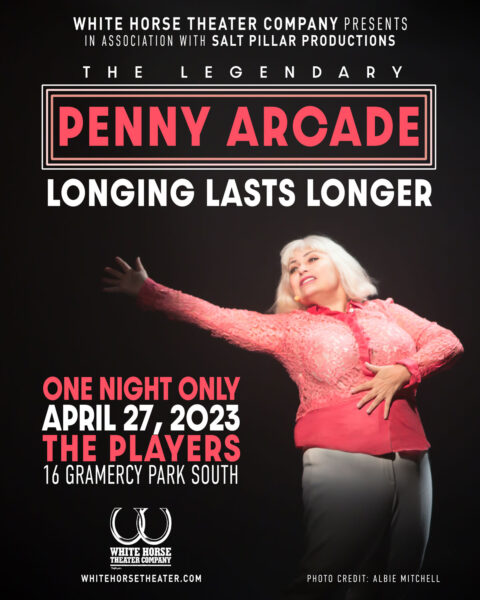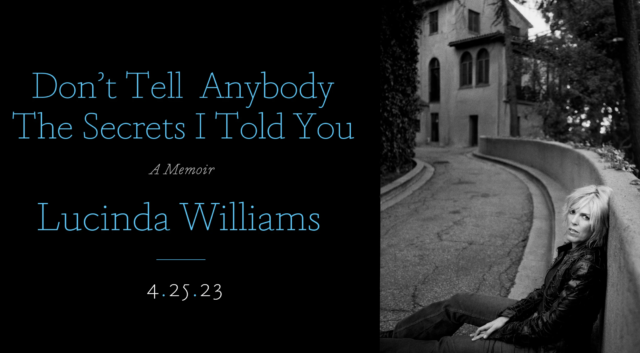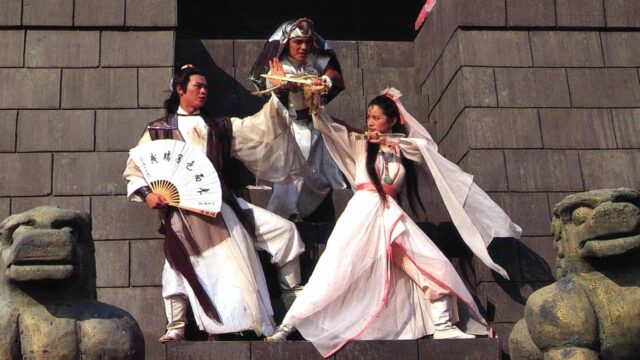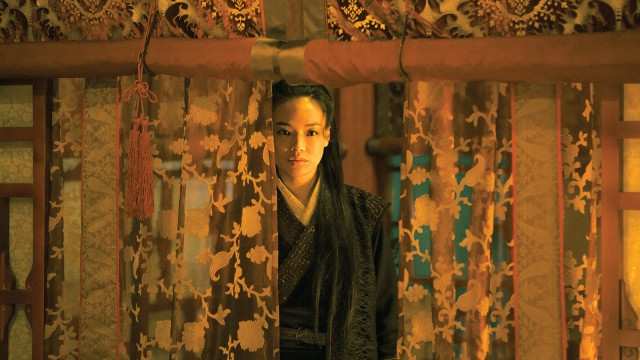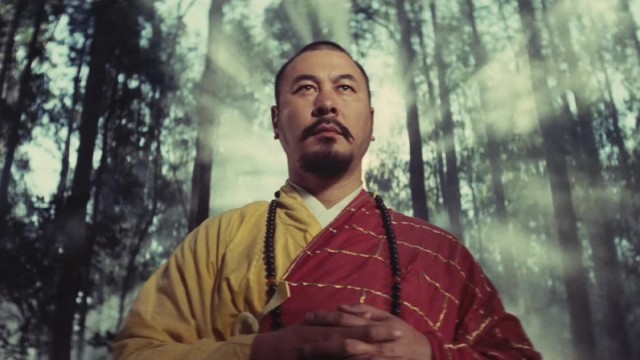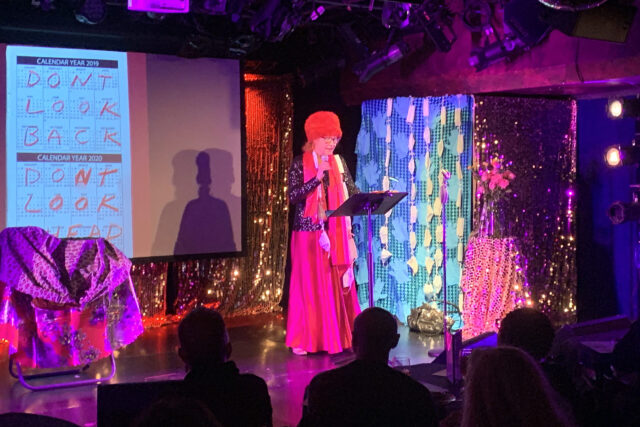
Karen Finley performs latest show at the Laurie Beechman Theatre (photo by Max Ruby)
COVID VORTEX ANXIETY OPERA KITTY KALEIDOSCOPE DISCO
The Laurie Beechman Theatre
West Bank Cafe, 407 West Forty-Second St. between Ninth & Tenth Aves.
Select Saturdays through June 24, $27 general admission, $39 reserved VIP seating (plus $25 food and drink minimum), 7:00
www.westbankcafe.com
spincyclenyc.com
In such works as Shut Up and Love Me, Deathcakes and Autism, Written in Sand, Make Love, Unicorn Gratitude Mystery, and Sext Me If You Can, Chicago-born, New York–based performance artist, musician, poet, author, and activist Karen Finley has explored such topics as AIDS, rape culture, suicide, rampant consumerism, politics, censorship, 9/11, sexual and societal taboos, and the power of art in deeply personal ways that have included chocolate, honey, yams, and nudity. In her latest show, Covid Vortex Anxiety Opera Kitty Kaleidoscope Disco, continuing on Saturday nights through May 6 at the Laurie Beechman Theatre, Finley turns her attention to the coronavirus pandemic, focusing on trauma, loss, loneliness, Zoom, masks, and human connection.
Finley takes the stage to rapturous applause, wearing a hazmat suit and dancing to the 1976 disco hit “Don’t Leave Me This Way,” with Thelma Houston singing, “I can’t survive / I can’t stay alive, / without your love, oh baby.” She proceeds to deliver thirteen poem-monologues from behind a microphone and music stand. To her right is a rack of sequined costumes, where she changes between each number, putting on different masks, shawls, boas, and dresses. To her left is a screen divider with mask-scarves draped over it; sparkling glitter and sequins are everywhere. At the back of the stage is a screen on which are projected news reports, advertisements, video of New Yorkers cheering and banging pots and pans for health-care workers, and, primarily, still photos of pages from old books (encyclopedias, science texts, religious doctrine), music scores, calendars, and magazines she has written over in black marker, including such phrases as “It will get worse before it gets worse,” “It’s called war porn,” and “There is no happy ending.”
For sixty-five minutes, Finley rails against racial injustice, Zoom gatherings, the Catholic church, school shootings, anti-abortion laws, the fatigue and exhaustion the lockdown brought, and the closing of St. Vincent’s. She finds much-needed respite in baking and watching videos of interspecies love and friendship (complete with sing-along).
“Can I just pretend this isn’t happening?” she asks. “Oh grief / Here we go again / Oh loss / I am your constant companion,” she says. Addressing the goddess Venus, she demands, “Provide and support our empowerment / to transform this hate with all our creative imaginative strength / and change this oppressive senseless system forever.” When she opines, “I will try my best today / even in the smallest ways,” it is tentative as she battles despair and sorrow. A segment showing gay men dancing in a club asks us to look at how we viewed AIDS and how we view the coronavirus in what she calls her “Zoom Disco.”

Karen Finley prepares to bake while TV experts discuss hand washing (photo by Max Ruby)
But Covid Vortex Anxiety Opera Kitty Kaleidoscope Disco is often as funny as its title. “I do not want to have a Zoom family reunion,” she proclaims. Asking a stranger on an elevator to put on a mask, Finley says, “The mask is your friend / Really, it is a very friendly mask. Trust me.” Making a cake, she declares, “Give me amaranth flour liberty or give me breath!” Watching a pair of experts discuss hand washing, she acknowledges, “Turns out none of us really knew how to wash our hands / We were doing it all wrong.” Referencing how we dressed during the lockdown, she states, “You do not know where you are / What day it is / What day you are on / What planet you are on / When you changed your clothes / Before or after Tiger King? / How long you have been wearing . . . anything . . . or nothing!”
Finley herself gained notoriety for occasionally wearing nothing onstage; we attended the show with two longtime fans, one of whom had poured honey over Finley’s naked body during one interactive performance. But this time around, the edible items remained on the table, as there is a $25 food and drink minimum in addition to the ticket price.
The production has a DIY feel to it; when Finley is done with an item of clothing, she just tosses it to the floor, the projections are not exactly HD, and a large prop at center stage blocks the bottom of the screen so all the words are not always legible, depending on where you’re sitting. (The technical director is JP Perraux, with sound by Jasmine Wyman; Becky Hubbert is the costume and prop consultant, and the production design is by Violet Overn, Finley’s daughter.)
Don’t expect a polished sheen, but that is a significant part of the show’s charm. Finley plays off the audience, which is in her corner every step of the way. The night I went, she was upset that she forgot a veil for her penultimate piece, “Eulogy,” and asked the crowd to give her a moment to prepare herself psychologically; she was warmed by shouts of encouragement and proceeded with a replacement for the veil as she related, “So many have left us — / the loss and the sorrow of never having a place to mourn. / Here is our eulogy for the lost and left. . . . Let us heal / Let us restore / Let us love / Let us forgive.”
With Covid Vortex Anxiety Opera Kitty Kaleidoscope Disco, Finley once again explores difficult, controversial topics while helping us all heal, restore, love, and forgive.
